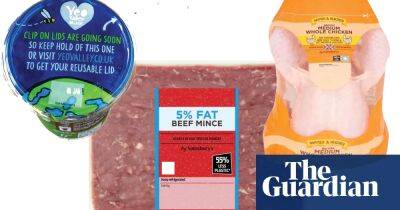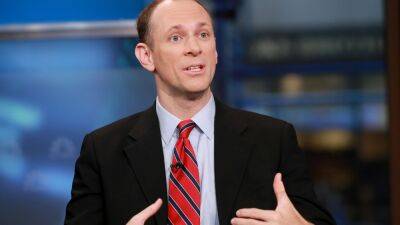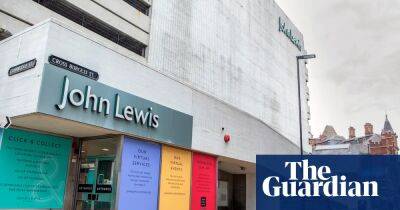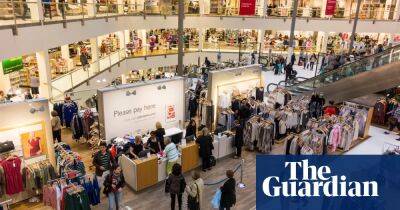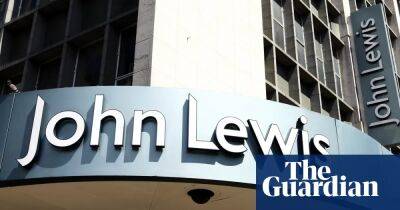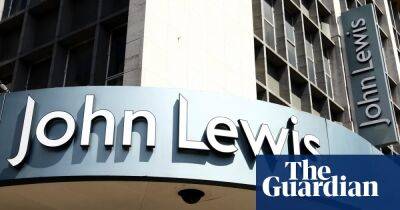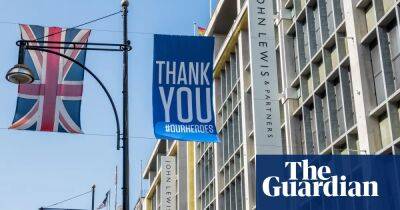John Lewis: would ending staff ownership help the retailer, and is its boss’s strategy failing?
Could breaking the staff-ownership model be the answer for the owner of John Lewis and Waitrose, which is considering bringing in outside investment of up to £2bn as a way to secure its future after reporting hefty losses?
The John Lewis Partnership has been owned by its employees since the 1920s, meaning they receive an annual bonus based on profits in a set-up that motivated staff and helped it expand into a stalwart of the British high street.
The model was so successful that just a decade ago the then deputy prime minister, Nick Clegg, was hailing it as a template for a future “John Lewis economy” in which workers took stakes in the firms that employ them.
However, hefty losses of £234m in the past year – despite £12bn of sales – have diminished its resources, forcing JLP to scrap its staff bonus this year for only the second time since 1953.
Its chair, Sharon White, is looking for innovative ways to raise funds to turn around and develop the business, but under its current model cannot issue new shares to investors to raise money without a big change to its constitution – and its image.
White believes the group’s retail arm can no longer sustain the profit levels sufficient to pay a regular bonus to employees and so wants capital to expand into financial services and build to rent above Waitrose stores.
Currently the business has a fairly strong balance sheet with £1bn of cash and short-term investments, and undrawn bank facilities of £420m. It has net debt of £1.7bn, led by lease obligations. Only £50m of that must be paid off short term – in December this year – and a further £300m in January 2025.
However, with debt markets currently tight, particularly for consumer-facing businesses, the partnership is heavily reliant
Read more on theguardian.com



